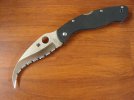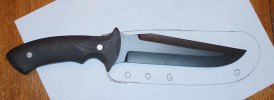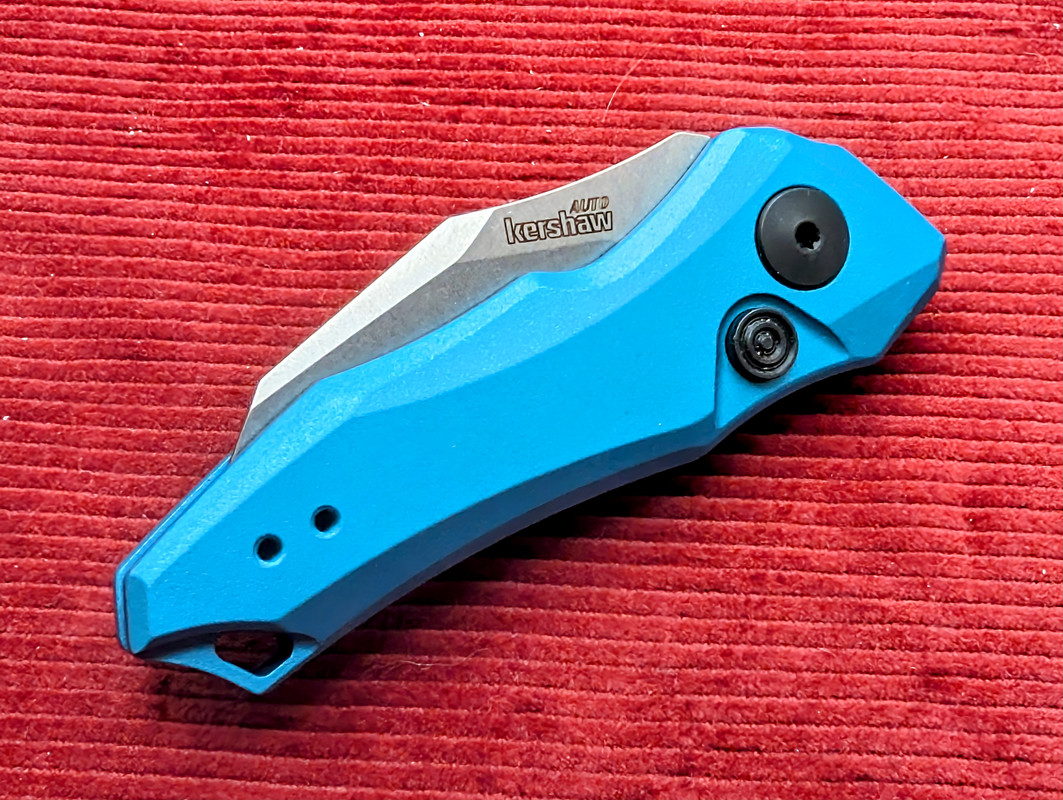chevyrulez1
Gold Member
- Joined
- Oct 2, 2007
- Messages
- 786
I love using a hawkbill and feel like it is more effecient for many things. It really shines in doing draw cuts, cutting rope, pruning, etc. For things like cutting cardboard, opening packages, etc. I feel it is really the best blade shape for that type of work.
Downside is as previously stated when cutting against a surface, like a cutting board. This is the reason I do not carry a hawkbill every day because I use my knives for food prep more than anything else. I have tried carrying a hawk bill as an edc, but it just didn't work for me. Now maybe I need to consider carrying it with a secondary blade, and have the best of both worlds, but I can't get over feeling silly carrying multiple blades on my person.
Just food for thought, if you look back at knives in the 17th century, the hawk bill seemed to be one of the most popular patterns back then.
Downside is as previously stated when cutting against a surface, like a cutting board. This is the reason I do not carry a hawkbill every day because I use my knives for food prep more than anything else. I have tried carrying a hawk bill as an edc, but it just didn't work for me. Now maybe I need to consider carrying it with a secondary blade, and have the best of both worlds, but I can't get over feeling silly carrying multiple blades on my person.
Just food for thought, if you look back at knives in the 17th century, the hawk bill seemed to be one of the most popular patterns back then.





